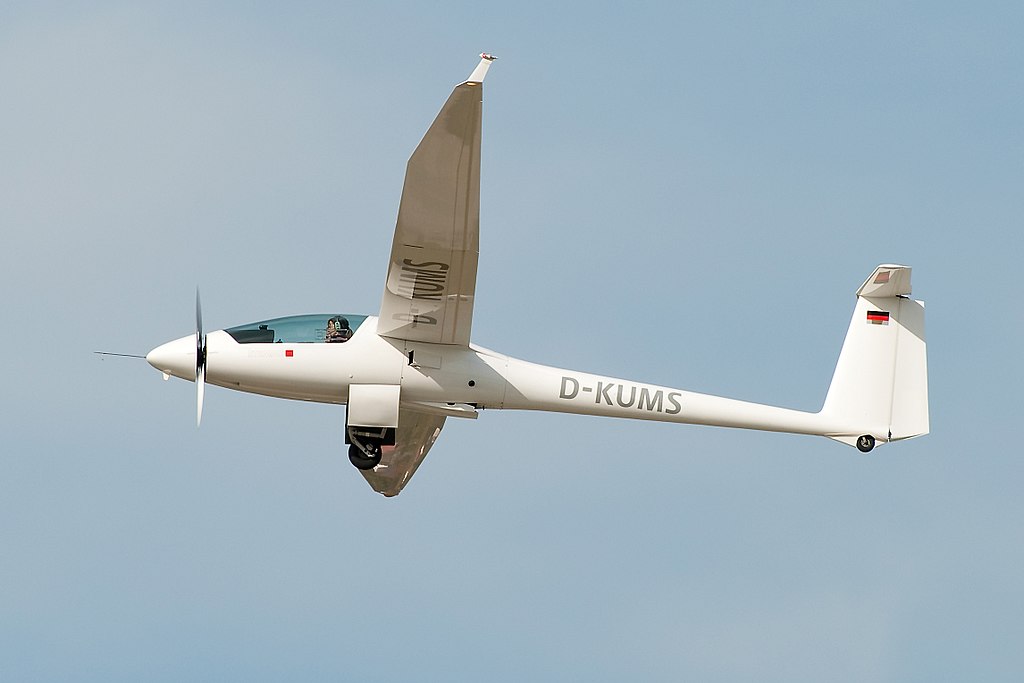helium mines
Helium is generally produced by extracting it from natural gas. There simply won't be any helium mines.
But the biggest issue here is that you only need the helium for airships and they're simply not going to be used when competing technologies (aircraft) advanced and developed into more effective weapons systems.
No helium mines in the first place, but no helium requirement anyway.
The effort to generate Helium is also greater than the effort required to produce other materials.
With no latter than 1931 tech, would the empire's dirigibles be an effective fighting platform?
No.
Your problem is a simple one : the size of an airship required to support one fighter is enormous and all you get is an awkward, large, slow very attractive target for the enemy to focus on.
Also keep in mind that the first jet aircraft engine was developed in 1937 and patents had been filed in 1930 and serious design research papers in the later 1920s. The airship was essentially dead long before 1931.
The absolute limit for an airship is one based on removing all the air and replacing it with a vacuum (nothing) - you can't get more buoyancy than that (ignoring the material required to contain this vacuum).
That limit is 1.28 grammes of lift per liter of air removed.
So how heavy is a fighter aircraft ? Well it's one pilot at least, some fuel, bullets and a machine gun (or light cannon), wings, etc.
A typical late WW1 fighter like a Sopwith Camel was about 420 kg empty and about 659 kg loaded. Let's be fair and day we need something like 750 kg per plane including pilot.
That means for every plane we need some 586,000 liters of volume. That's a sphere of some 586 $m^3$ or about a sphere of 10 meters diameter or cube of about 8.4 meters side.
For every plane !
And your FC9 Sparrowhawks were twice are heavy ! That means you need twice the volume which is some 25% extra per linear dimension.
And that ignores the weight of engines, fuel, crew and compartments required by the airship itself.
And on top of that you need recover the aircraft. That's really difficult. For a functioning aircraft carrier airship you need to be able to easily take off and land. You also need to be able to resupply the aircraft, which means lots of heavy fuel and ammo as well as replacement parts and some kind of maintenance deck.
That's a real problem as these all add to the size and mass.
And the larger it is the bigger the target it !
And airships are slow. Unlike sea based aircraft carriers they're hard to defend. You can't just surround them with a cordon of defensive ships. A gunner on the ground can take you out easily. Now Zeppelins could climb above anti-aircraft fire, but technology advances and if you are faced with a high flying enemy you will develop effective weapons to defeat them.
The alternative.
Aviation developed the way it did because there are easier solutions than airships that are more effective.
Long range multiengine aircraft and the ability to carry drop-able fuel tanks to extent fighter range all proved effective in the long run. By WW2 these were the ways to go.
So technology quickly overcomes the airship.
Note in particular that if you're an attacking army wanting to deploy fighters and bombers forward as you advance, the technique is to either take over enemy airfields and airports or operate from fields and roads. Both these tactics have been used effectively.
You don't need an airship, you need a supply chain to support your advance. You need cargo aircraft to resupply. And, again, aircraft rapidly developed to be better at this than airships.
The further beyond 1931 tech you get the more the airplane technology becomes more effectives. Better wings, better engines, better materials, better fuel systems. The ability to build bigger multi-engined aircraft. Even better communications (radio) means you can use your force more effectively.
Likewise the more advanced the technology for flight becomes, the more advanced the air defense technology becomes. Better fighters and anti-aircraft (and anti-airship) weapons will also be developed. This make slow moving and large targets like airships extremely vulnerable. Because they're also storing aircraft they're even more attractive targets and would be heavily attacked (just as aircraft carriers were in WW2).
air defense and weapon technology are also restricted to 1931 or earlier
This is reality-check and that's not a realistic restriction. No one is going to restrict the development of these systems to allow airships to gain the upper hand.
Quite the contrary.
They're going to realize that they need these technologies to defend against airships. So rather that restricting develop, airship carriers would actually accelerate the development of these other technologies.



